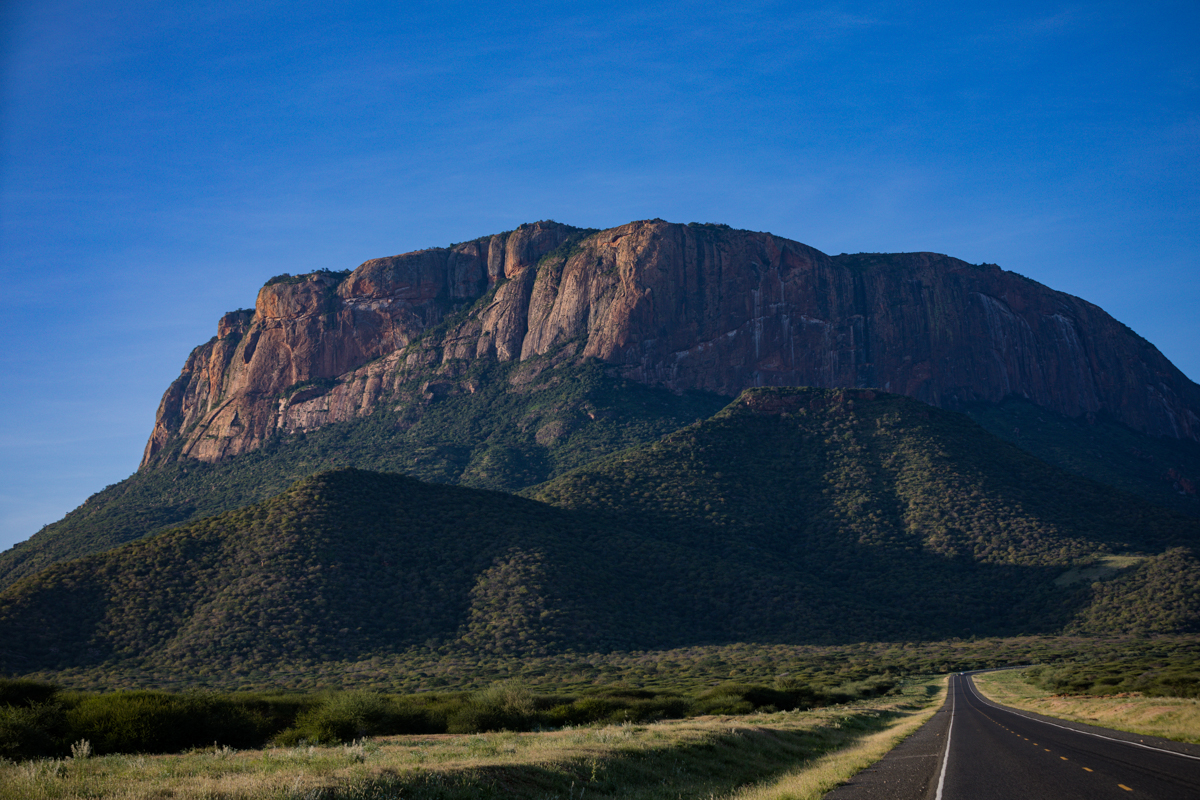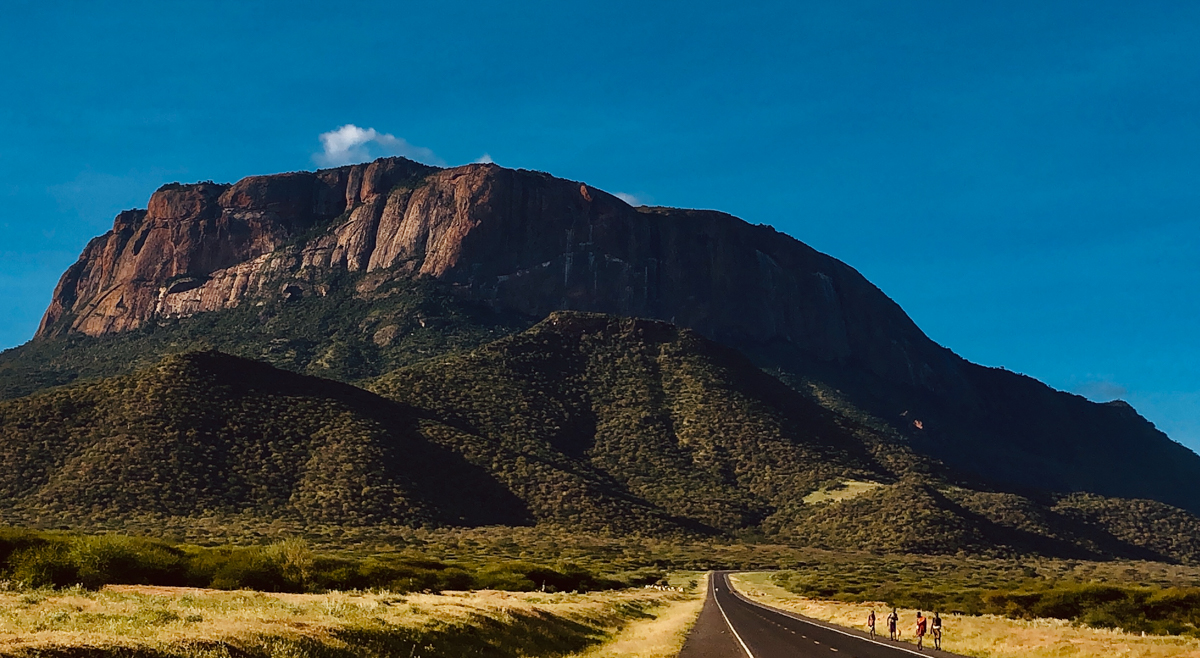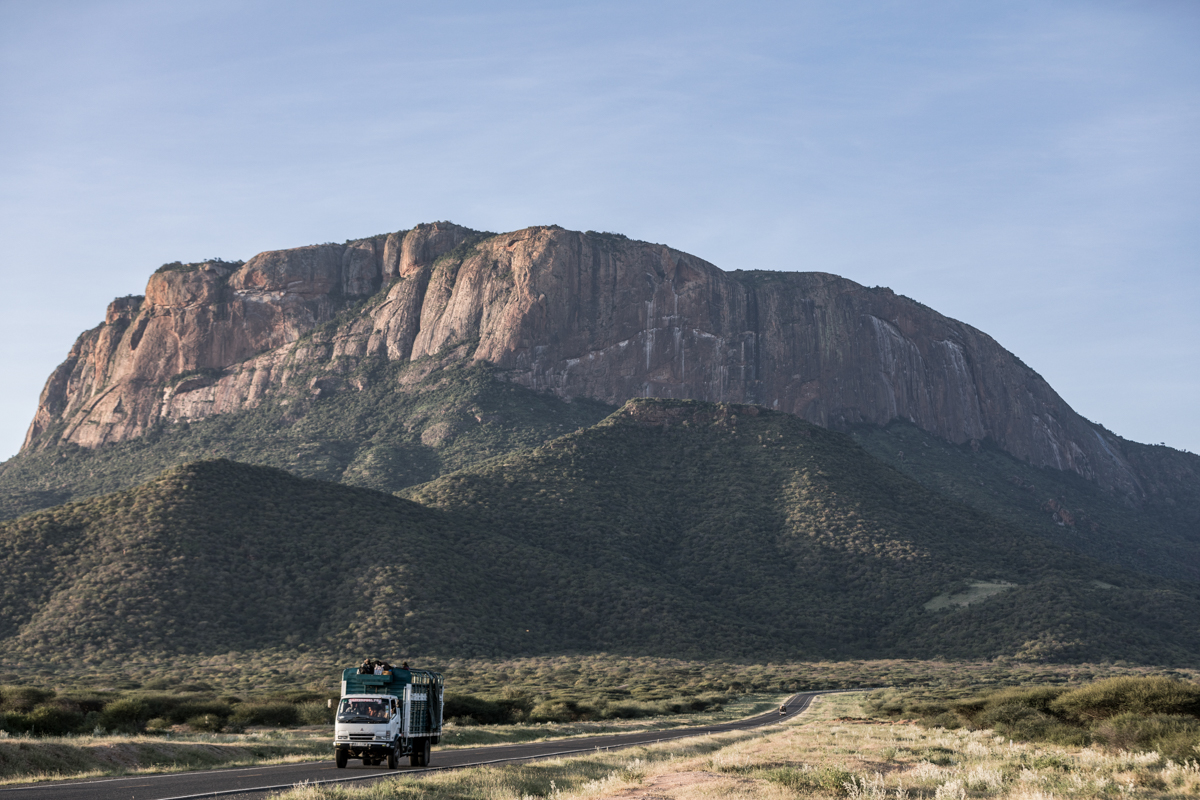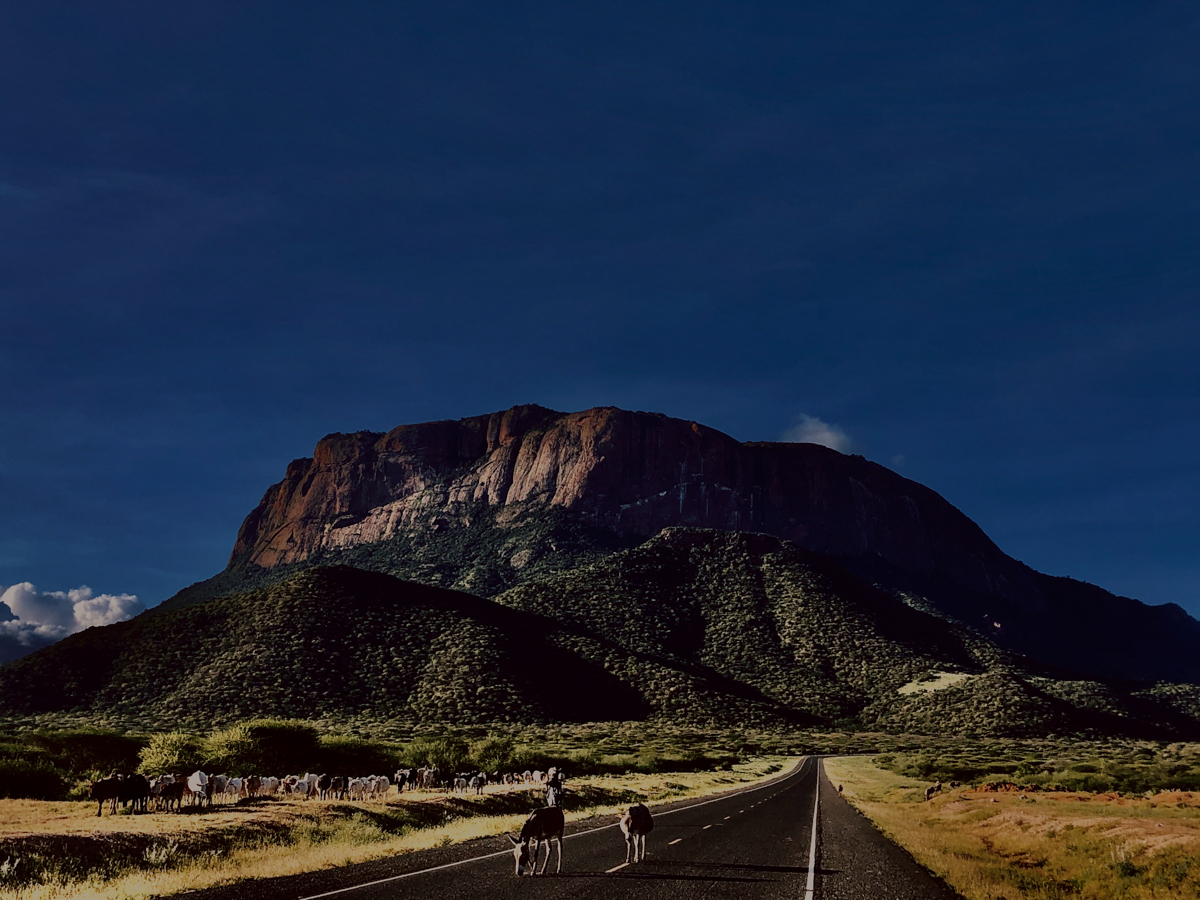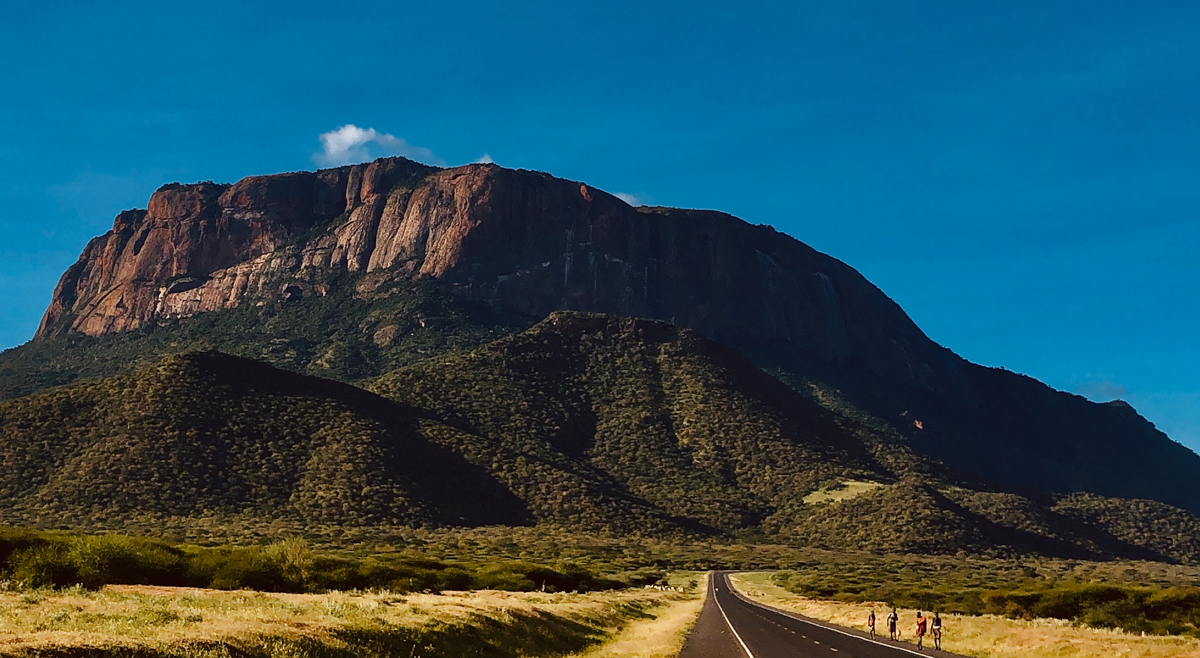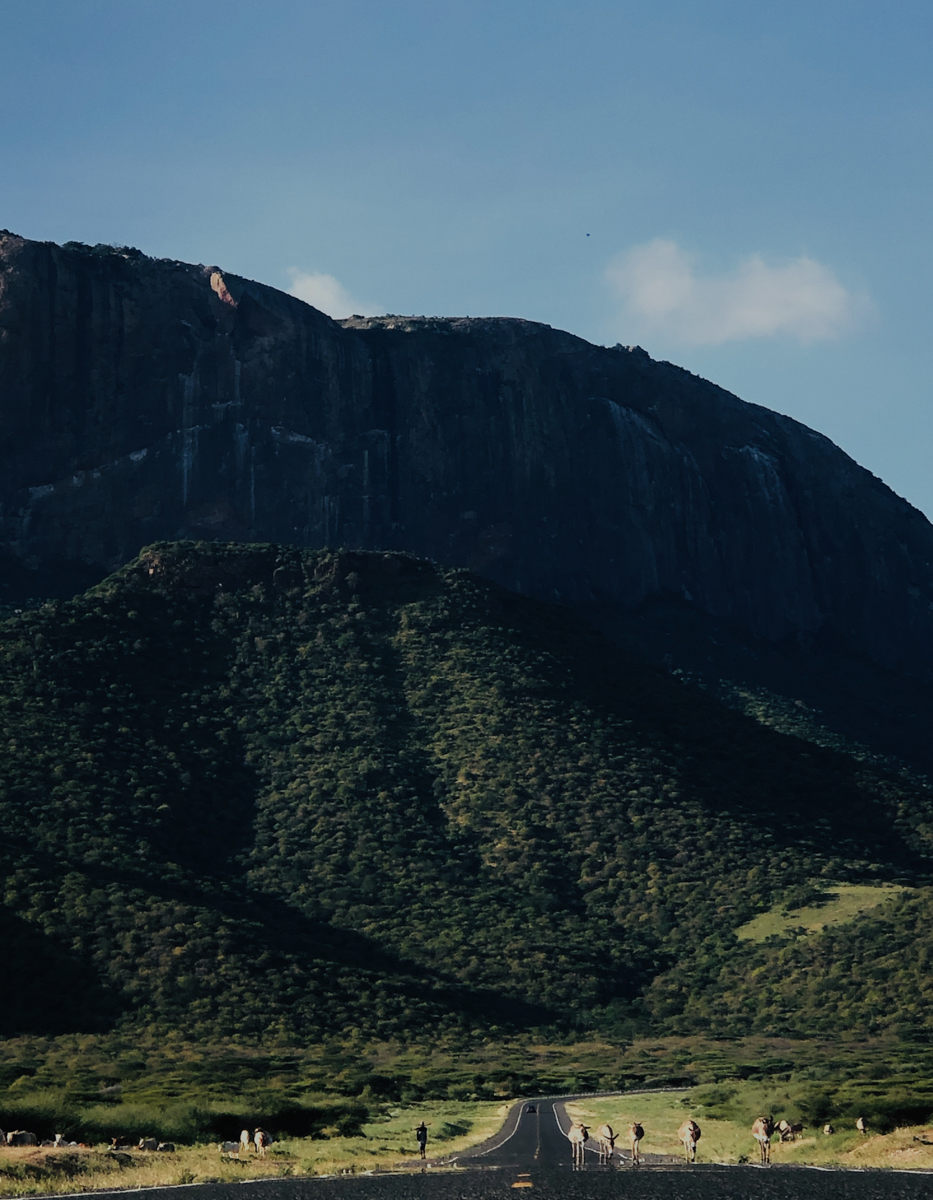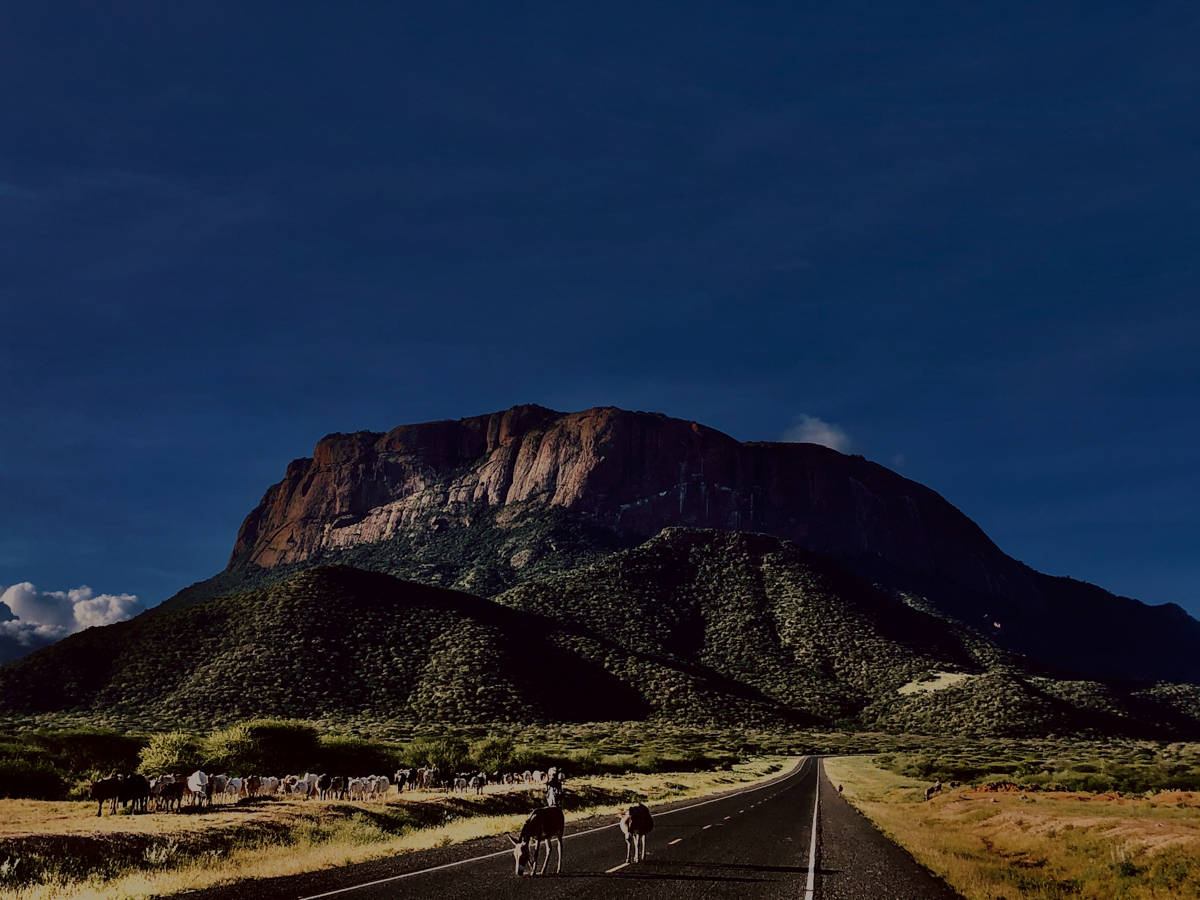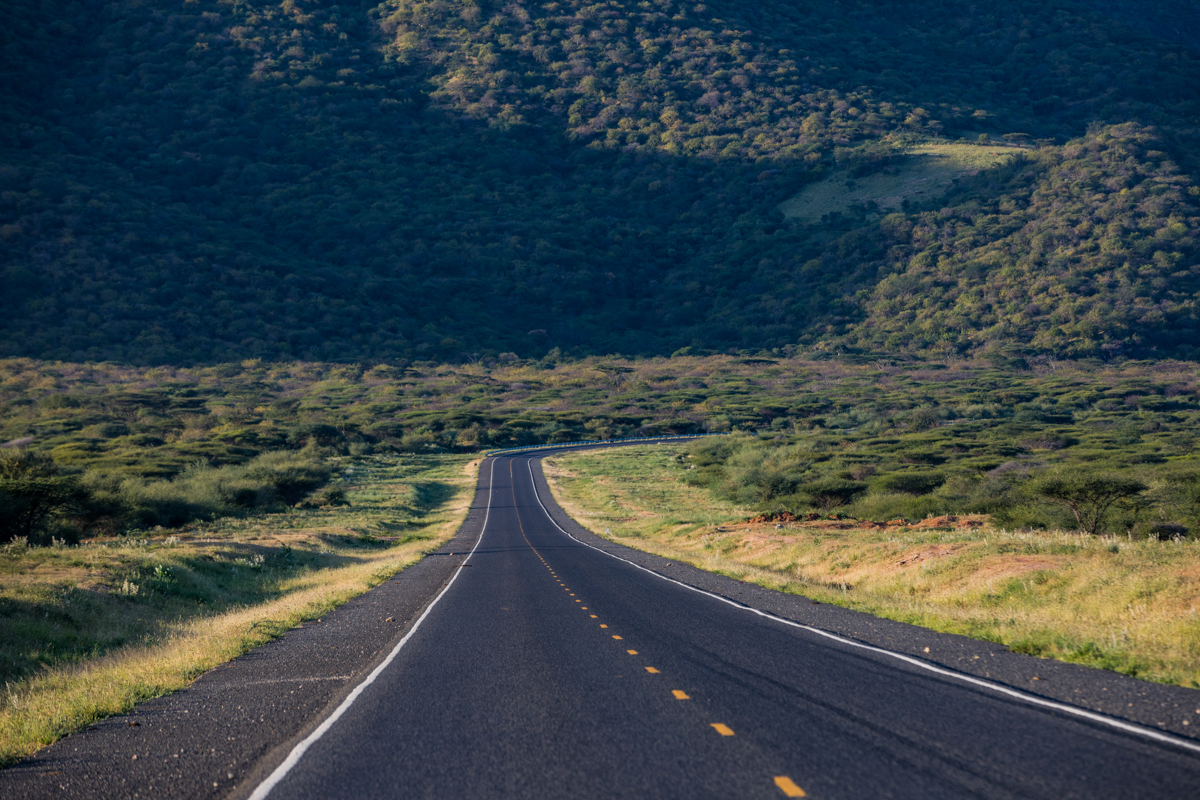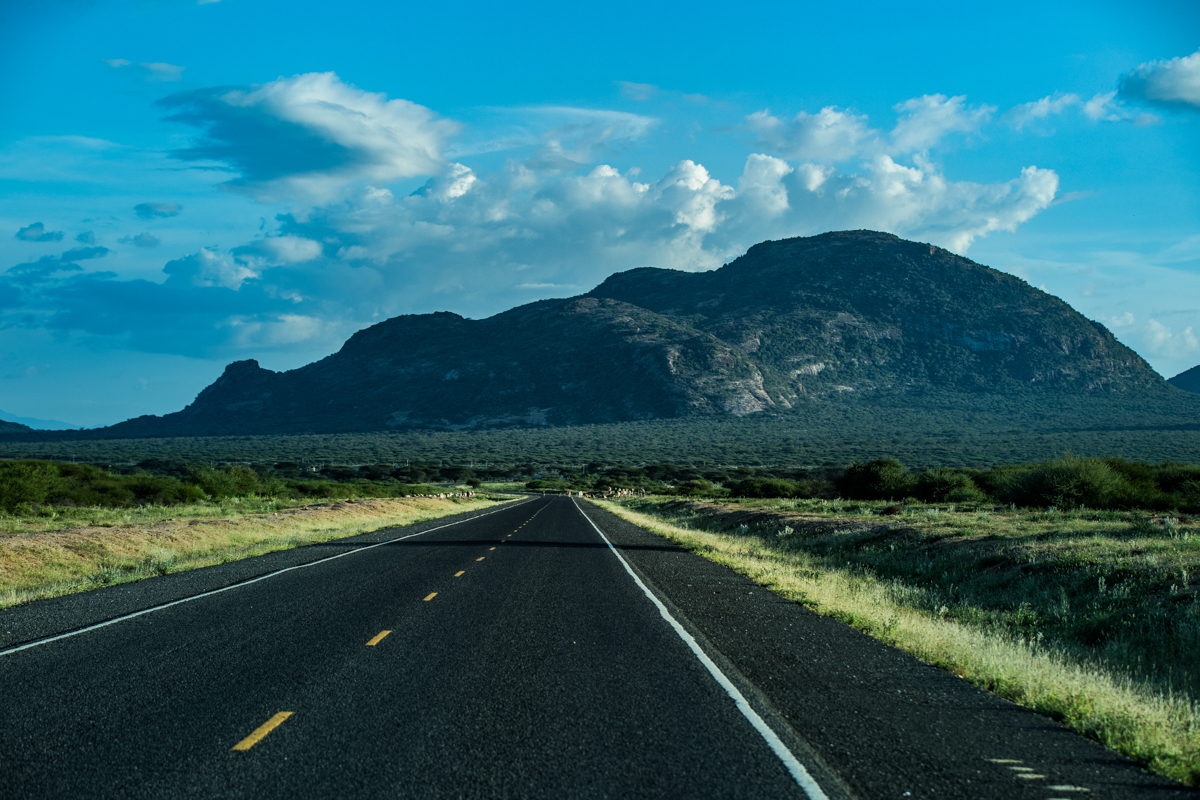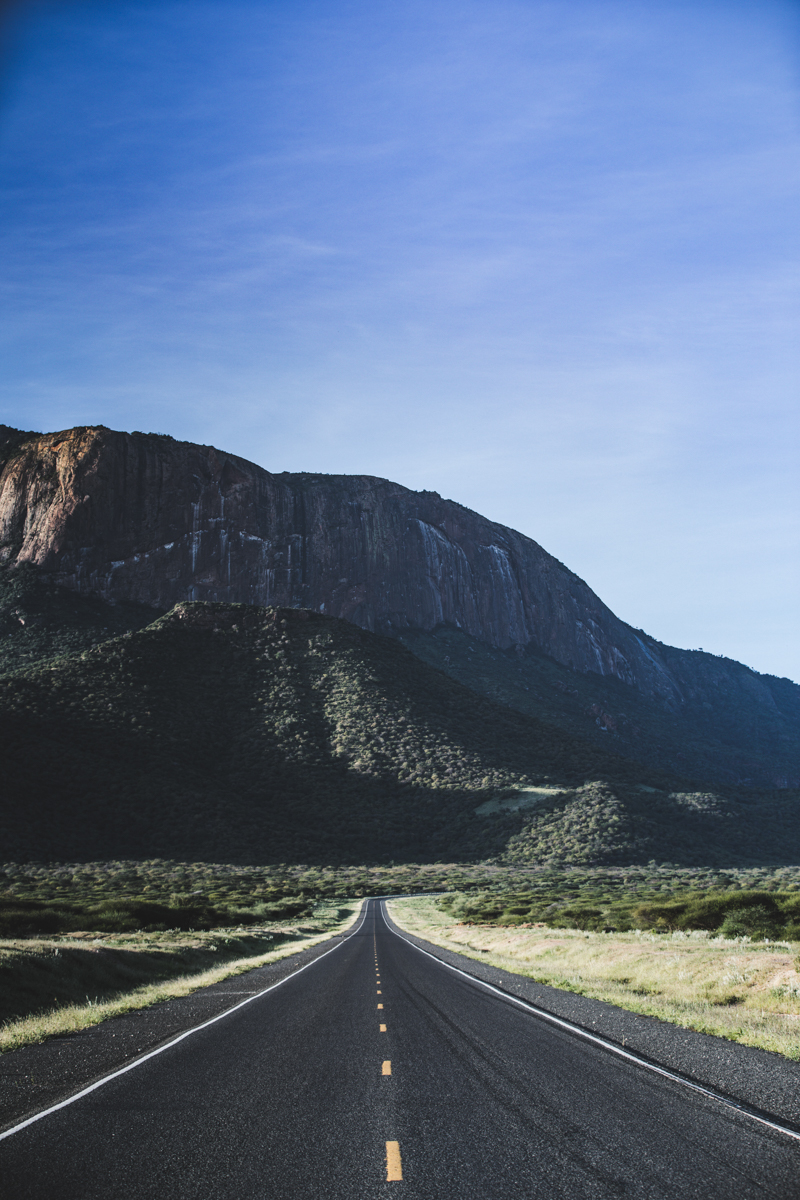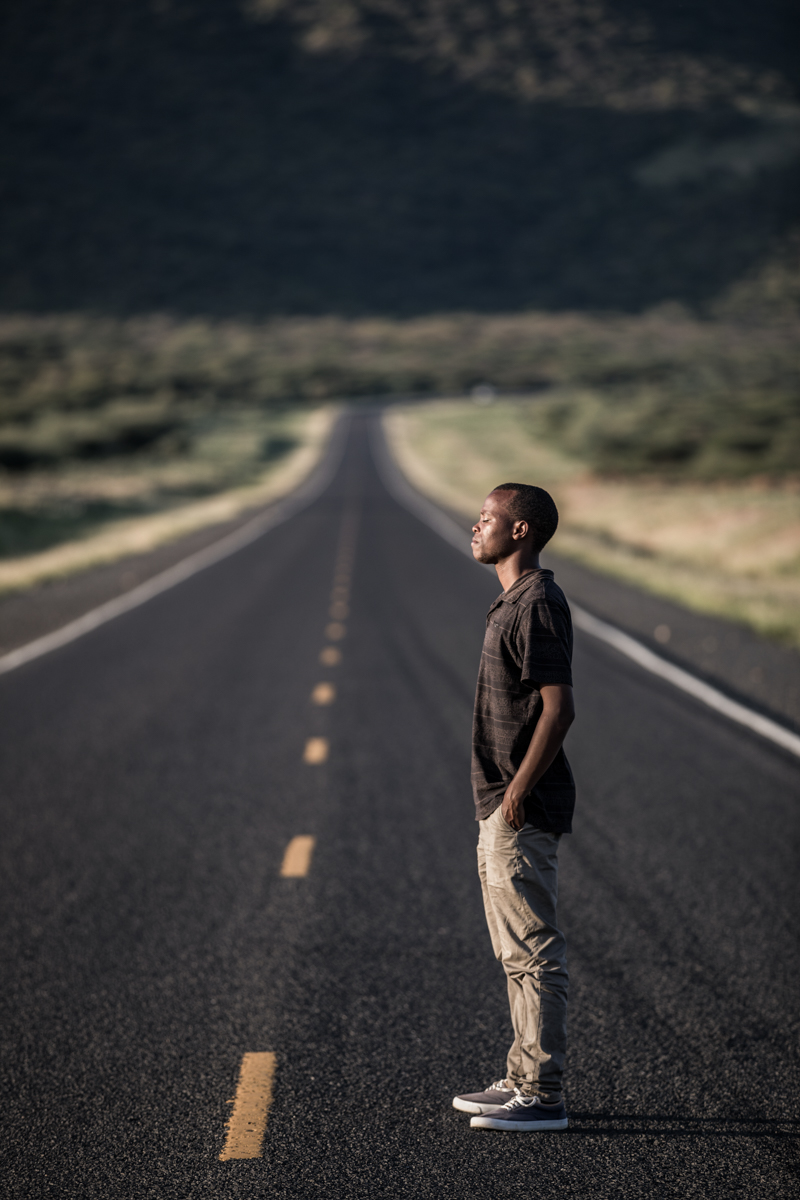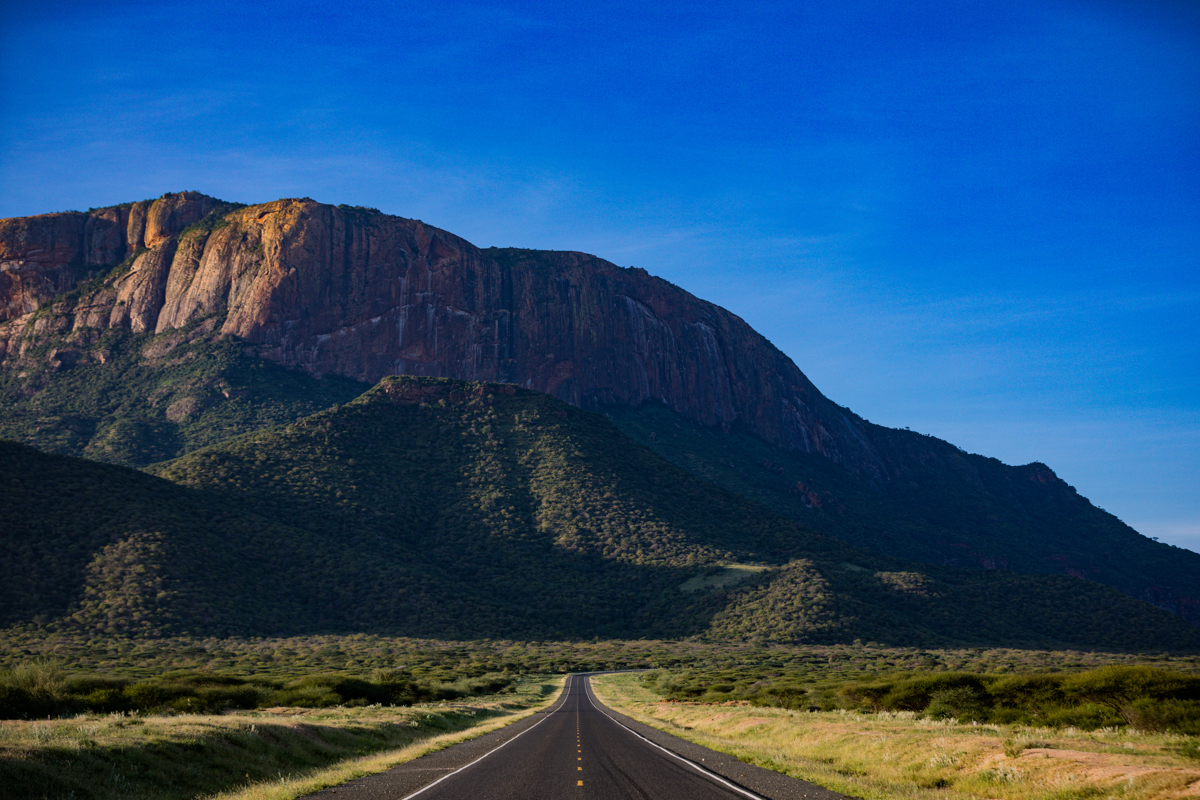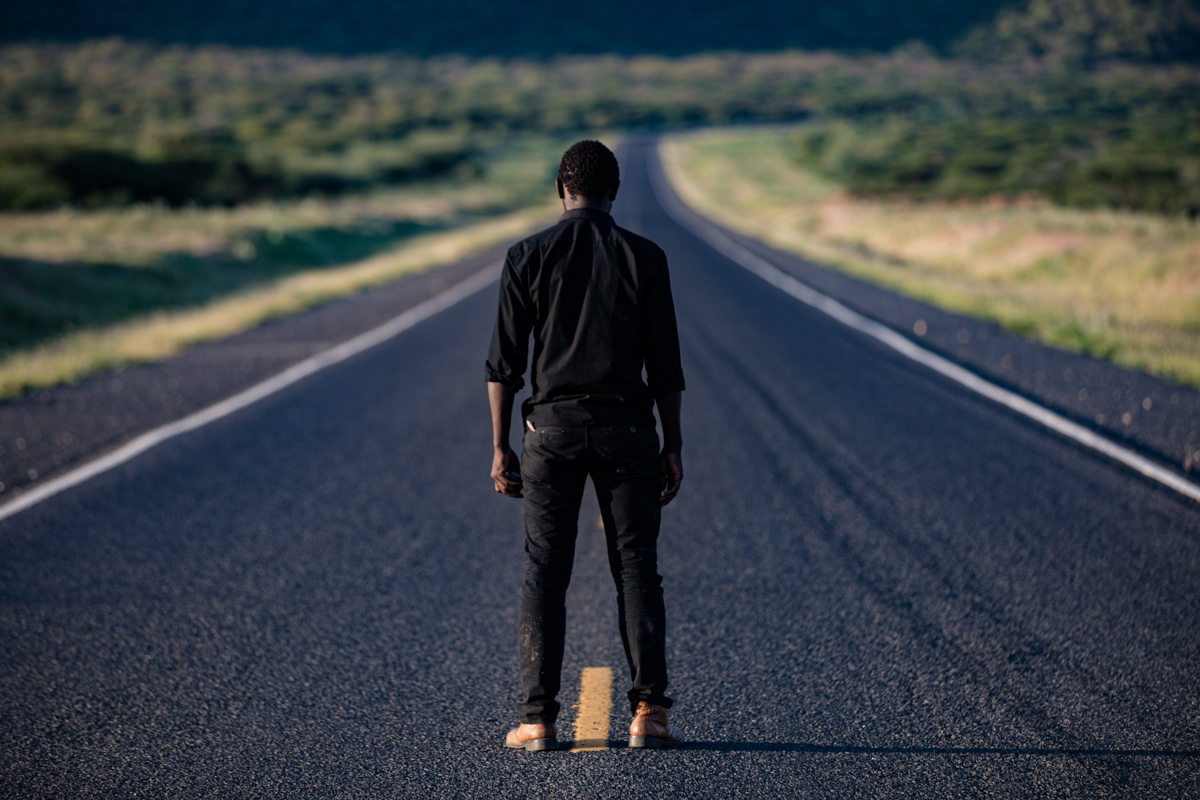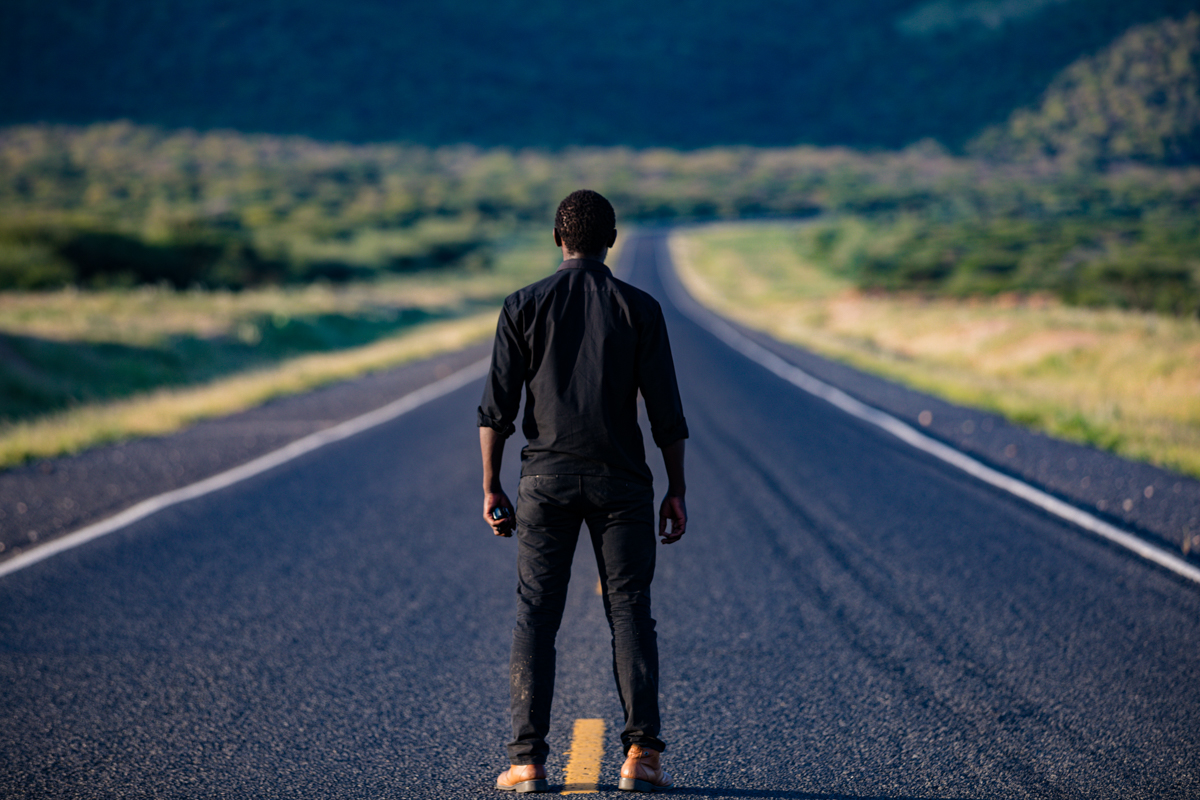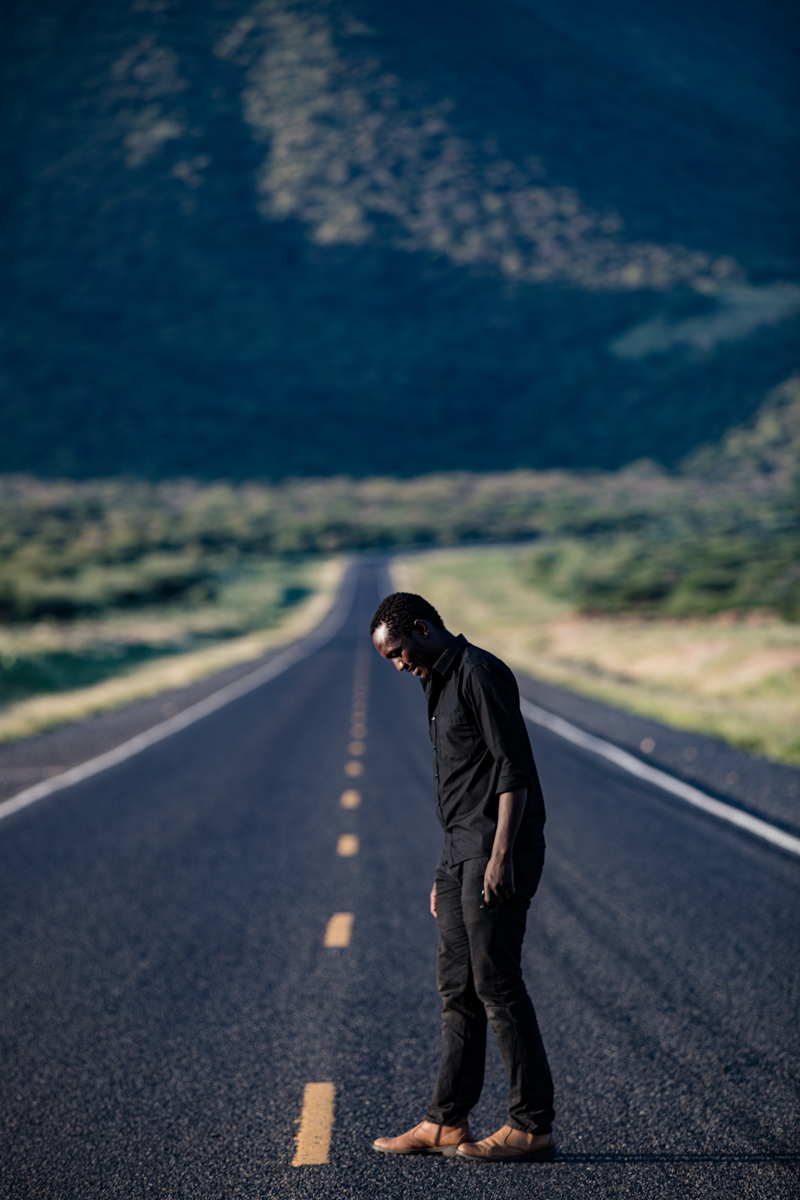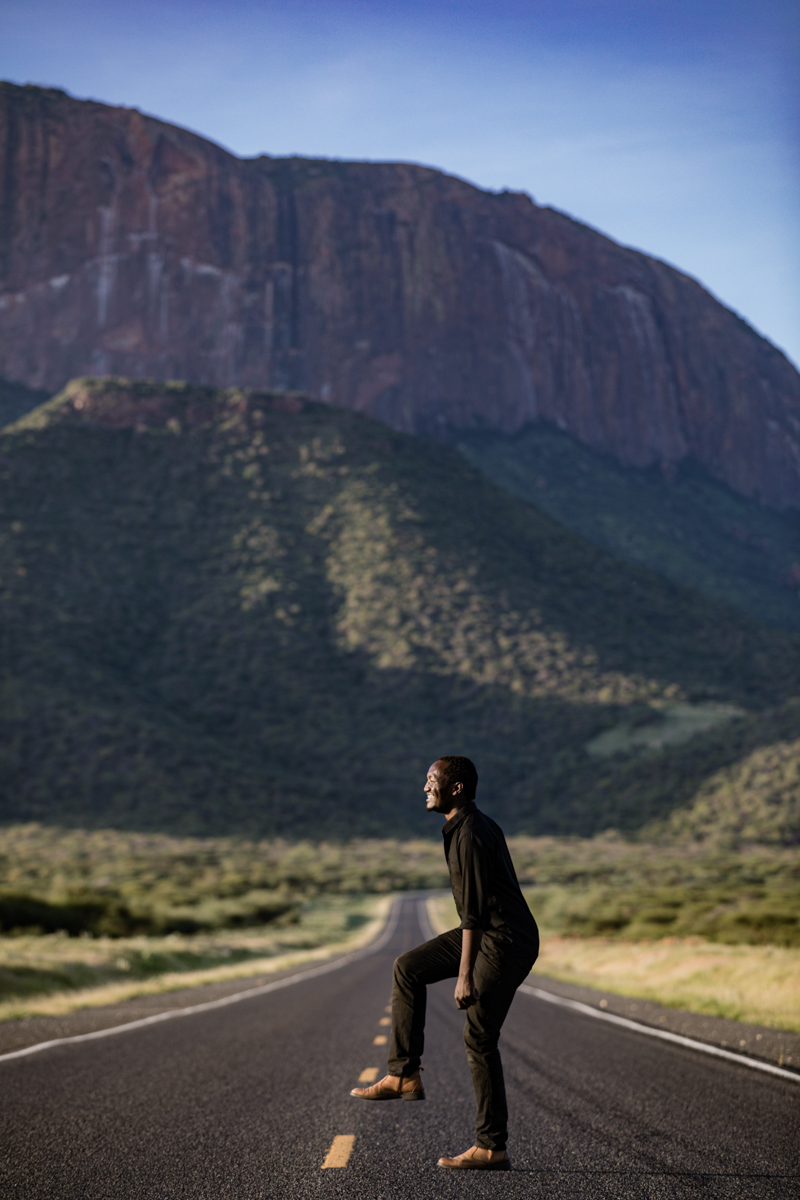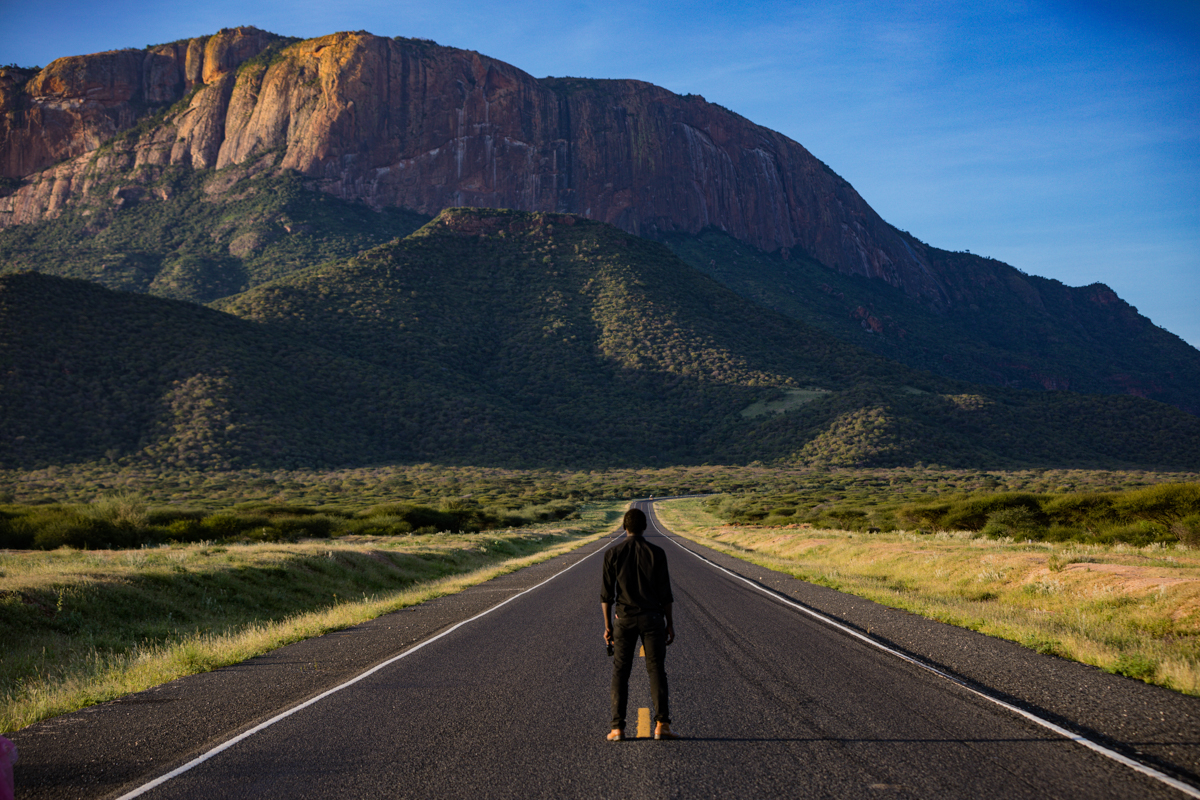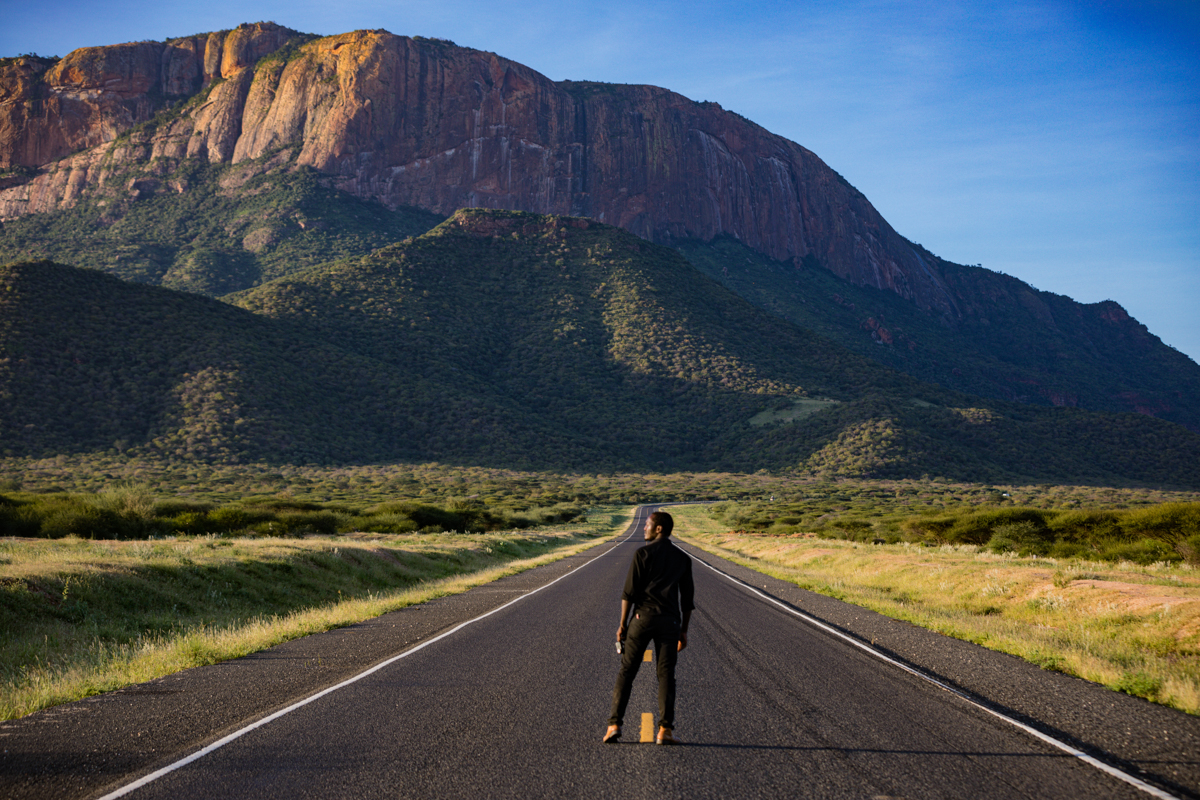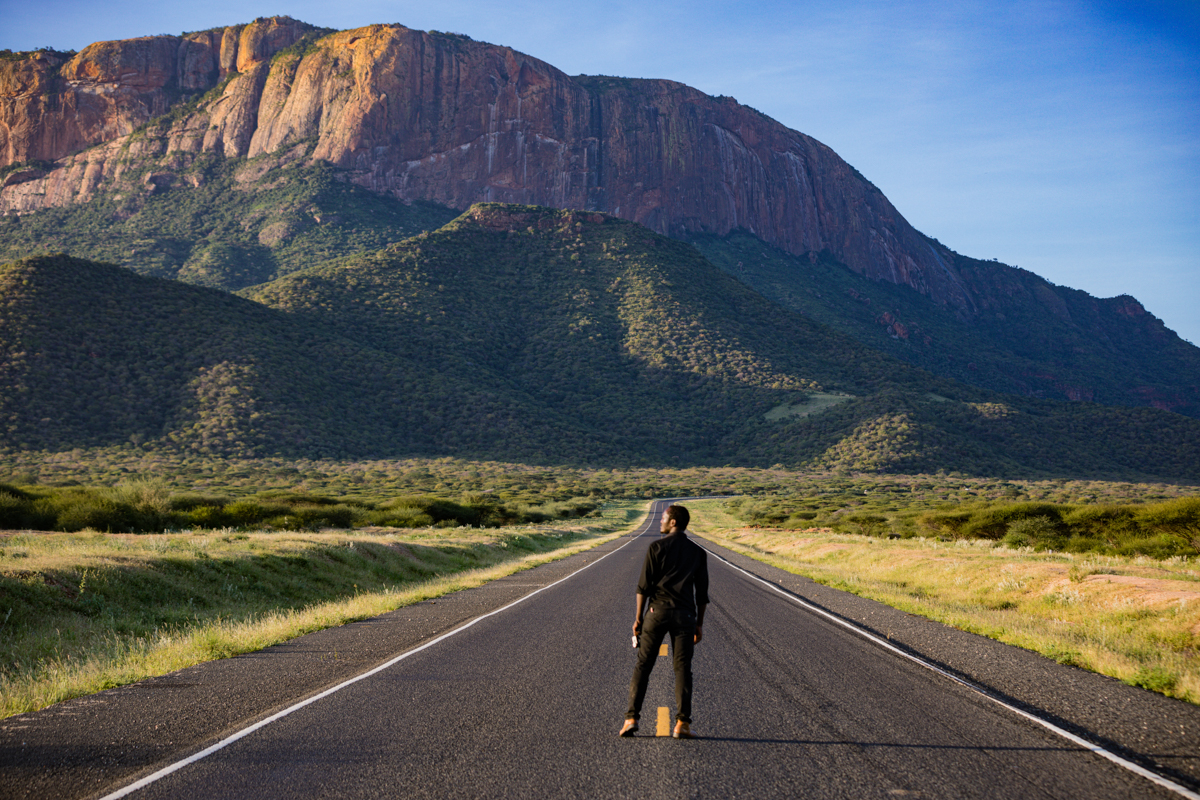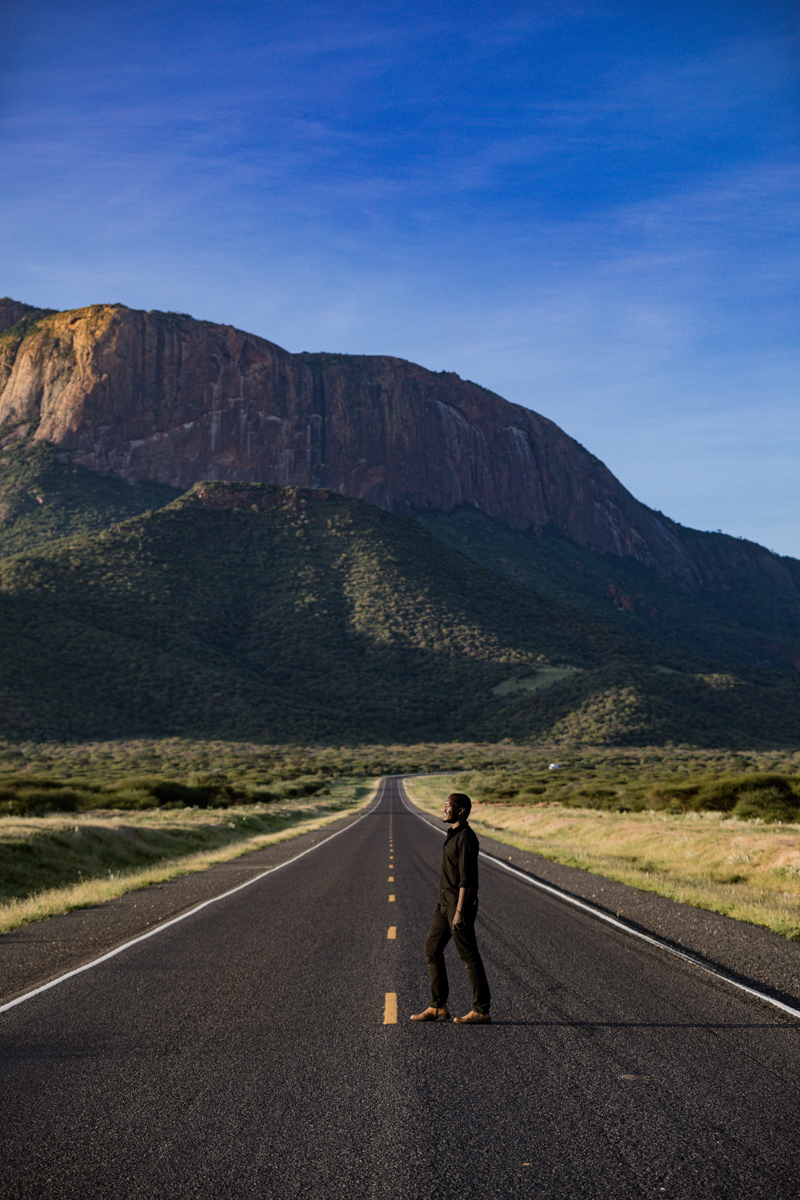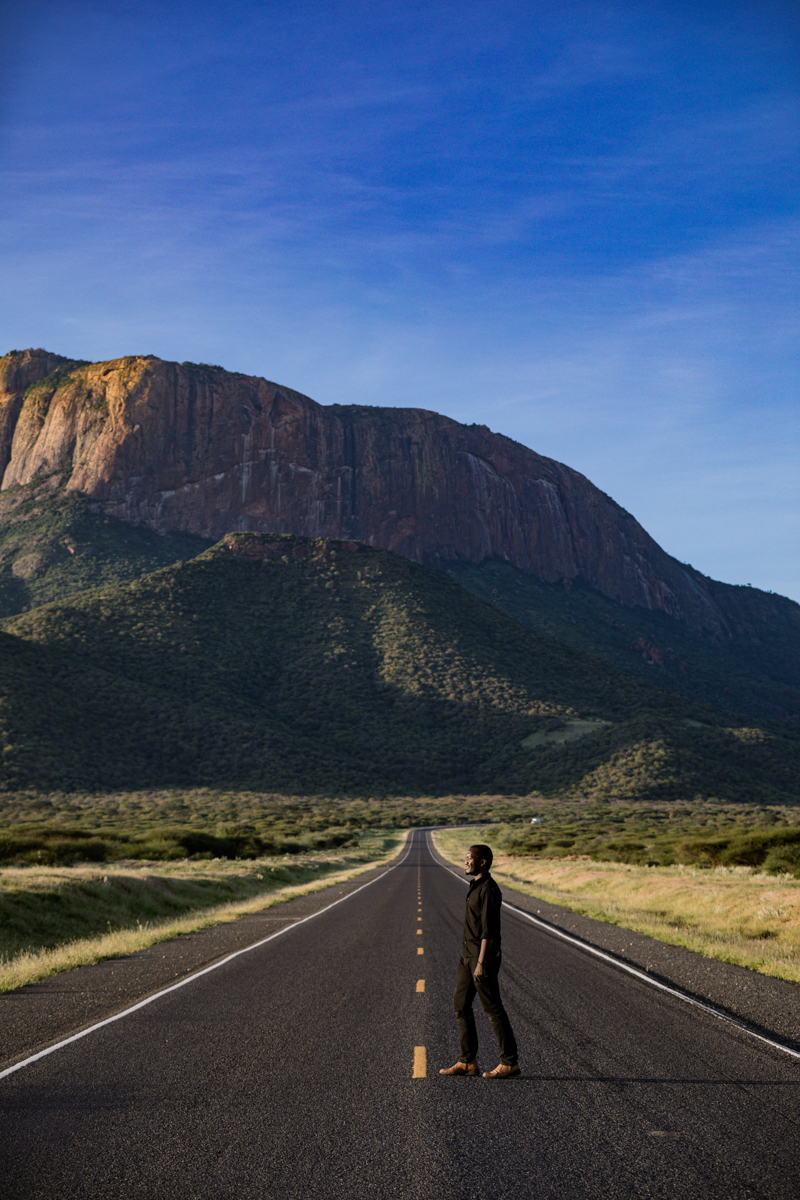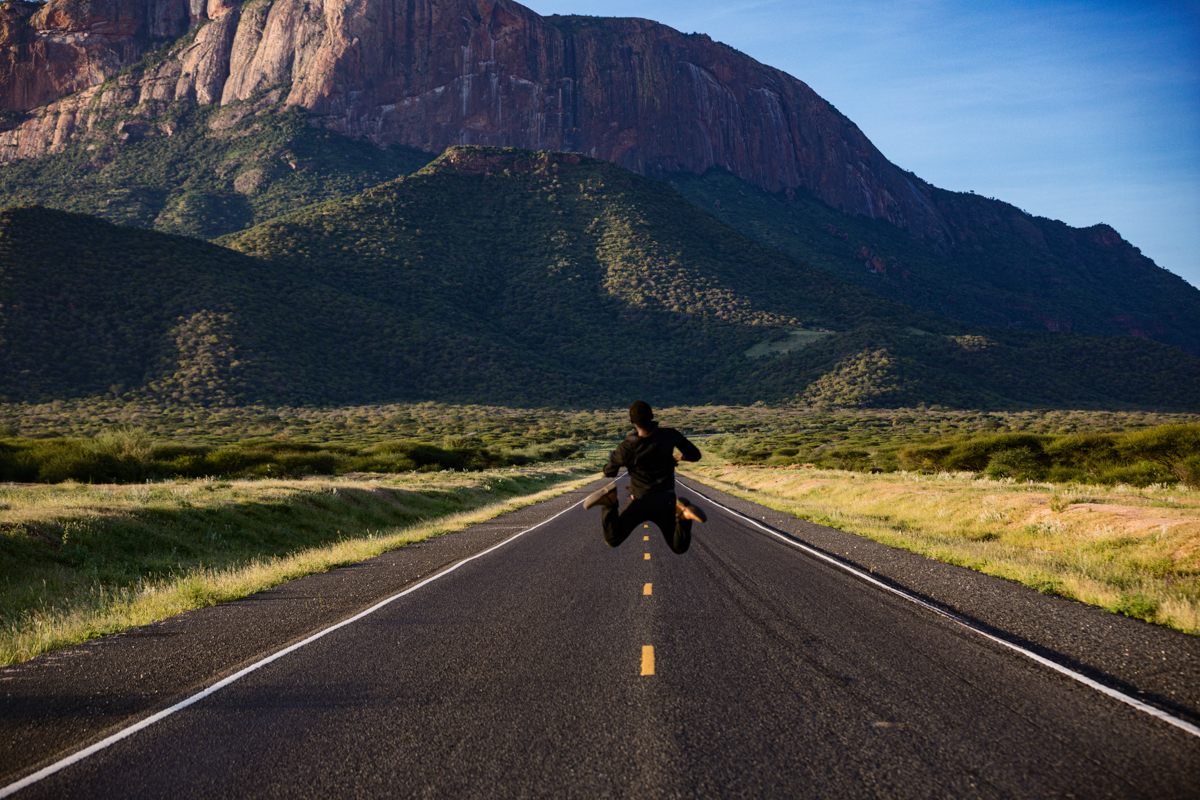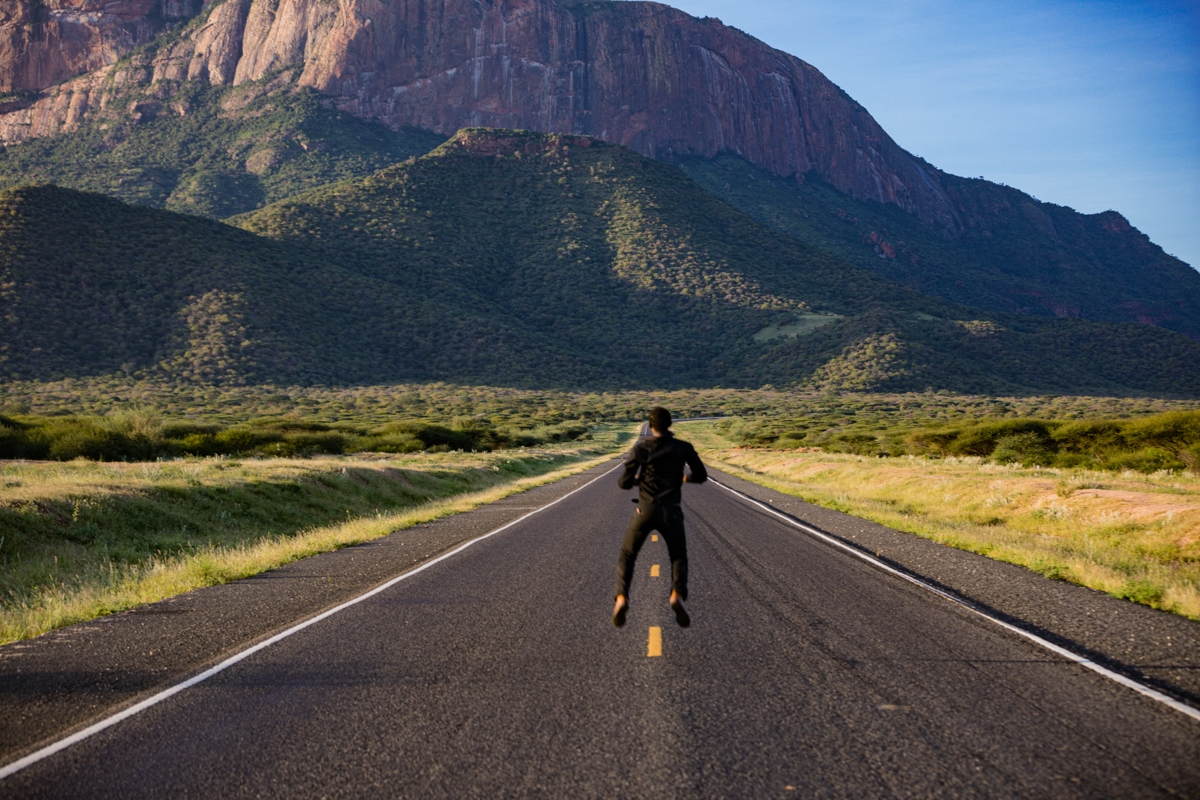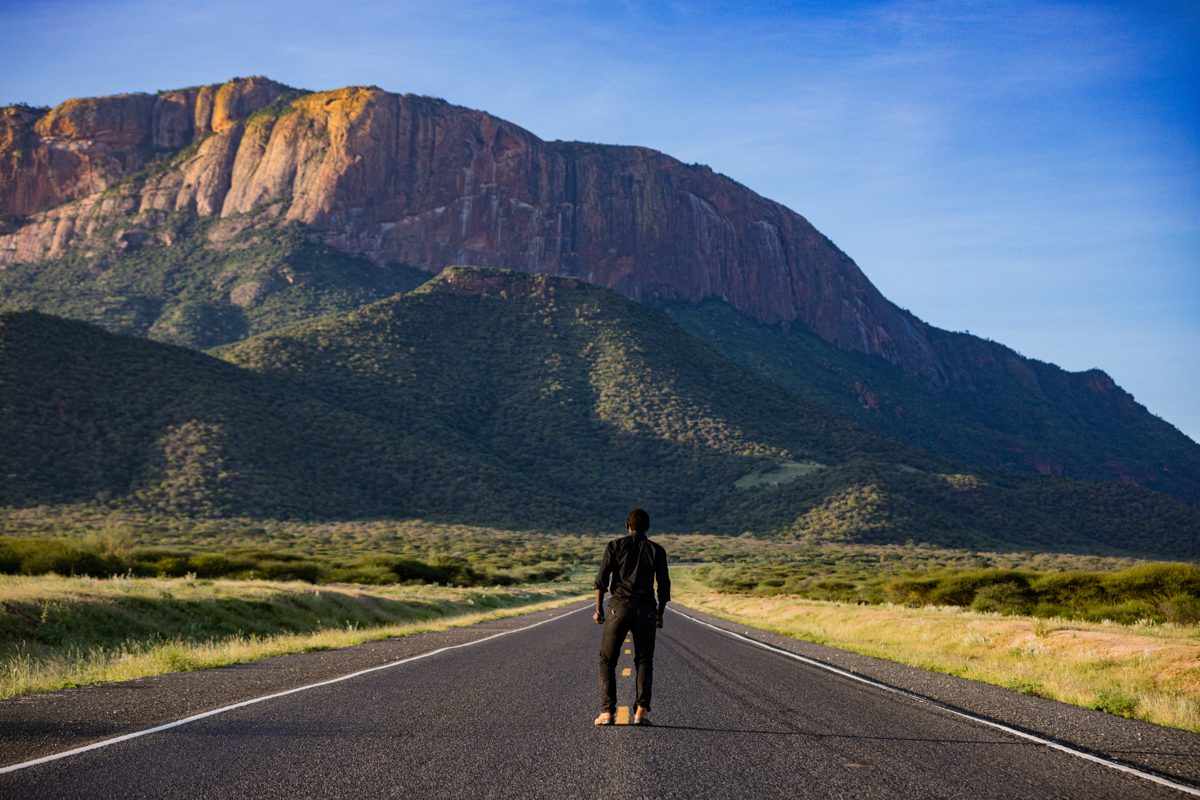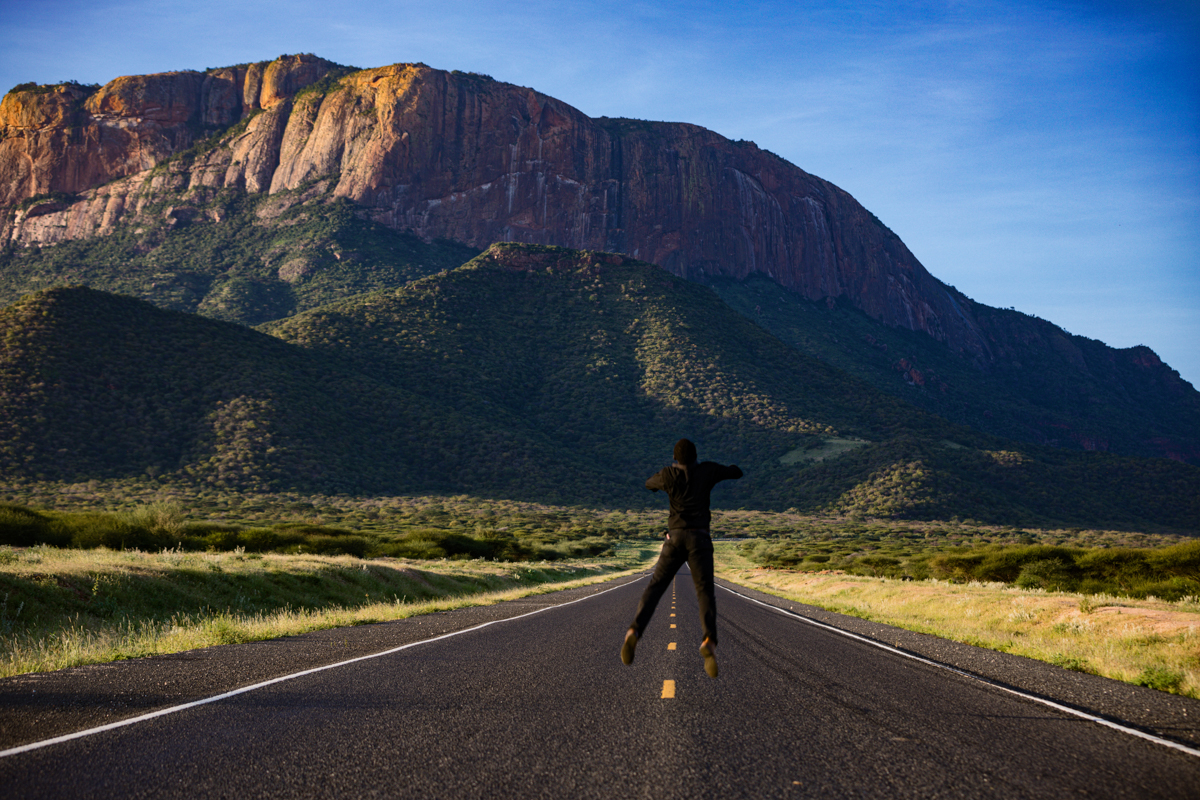Travel Documentary Photography Blog :: Explore Magical Kenya
Mt. Ololokwe Samburu Northern Kenya:: Rapeseed Canola Oil
Mt. Ololokwe Samburu Northern Kenya doesn’t stand alone. Two smaller mountains connect to it forming a horseshoe around a valley with one entrance. This place is called Sabache – named after the clasp of the Samburu woman’s necklace and a symbol of beauty in their culture. Sabache is also the name of the camp where we stayed before making the ascent and seeing for ourselves this magical place.
Travel Documentary Photography Blog :: Explore Magical Kenya
Explore Northern Kenya: This untamed area boasts breathtaking views and dramatic landscapes. Most of the people who live there are nomadic, and they include the Turkana, Rendille, Borana, Samburu, Gabbra, and El Molo, the smallest tribe in Kenya. Maralal, Lodwar, Lokichogio, Loyangalani, Marsabit, Wajir, Garissa, and Bura are the principal towns. There are airports in Wajir and Lokichogio with daily scheduled safari flights from different Kenya safari destinations. Additionally, Lokichogio offers flights to Sudan, and Wajir offers flights to Somalia. Charter flights are offered at several of the area’s airstrips. There aren’t many roads in the area – some are just tracks cutting through lava fields – and 4WD vehicles are necessary everywhere. The largest permanent desert lake in the world, Lake Turkana, stretches across rugged peaks, lava fields, and dry desert in a breathtaking blue swath. Three picturesque lakes named Crocodile, Flamingo, and Tilapia are located in Central Island National Park, where camping is permitted. There’s also an active volcano with breeding colonies of water birds like gulls, pelicans, cormorants, herons, ospreys, and African fish eagles as well as marsh harriers. Bird gazing and boat rides are among the activities.
Sibiloi National Park is located on the northeastern shore of Lake Turkana and was created to preserve the region’s distinctive ancient and archaeological features. Information about the fossil beds and other discoveries, some of which are connected to the beginning of man, can be found at the Koobi Fora Museum. The Jarigole Pillor, the Sibiloi Fossil Forest, and the Karari archaeological sites are some of the nearby points of interest. The park is home to several bird species, including flamingos, pelicans, and ducks, as well as animals including zebras, giraffes, hippos, and crocodiles. The village of Maralal is surrounded by the Maralal National Reserve, which is located in the Ol Doinyo Lenkiyo Mountains. More than 260 different species of birds can be found in this rocky, arid reserve, along with a variety of other animals like hyenas, eland, impala, buffalo, and zebras.
Three crater lakes and a mountain covered in thick vegetation make up Marsabit National Park. Marsabit National Park is known for being the home of the legendary Ahmed, a big elephant with enormous tusks, the park rose to fame in the 1970s. The Kenya Wildlife included Grevy’s zebras, elephants, lions, leopards, kudus, buffalo, and bushbucks. There are several Kenya safari activities to do such as camel safaris, animal viewing, and bird watching. Even more of a fascination is the Singing Wells, where the locals sing while collecting water. Trekking in the Loroghi Hills and Matthew’s Ranges is thrilling and offers beautiful scenery. The daring can swim in the pristine, chilly water of natural rock pools and mountain streams. In northern Kenya, the Northern Rangelands Trust, or NRT, promotes the growth of community-led conservation projects. Community conservancies are becoming members of the NRT, and the organization offers them implementation and technical guidance. Under the NRT’s auspices, every conservancy works to advance sustainable tourism and provide revenue for the local population.
Kenya Safari Accommodation Camps
Sabache Camp
Sabache Camp offers breathtaking views of the Matthews Ranges and is located in the foothills of the holy O’lolokwe Mountain. The camp offers breathtaking views of the Matthews Ranges and is located in the foothills of the holy O’lolokwe Mountain. Sabache, which means “a place of beauty and reverence,” provides a beautiful, isolated wilderness experience. The Samburu people and the surrounding animals benefit from the camp, which is run and maintained by the community. The eight en suite safari tents enjoy views of the mountains from their stone verandas and are furnished with handcrafted wood furniture and natural stones. The Elephant Walk Restaurant serves a variety of regional cuisine, French pastries, Italian specialties, Indian curries, and more in collaboration with the Cambridge School of Culinary Arts. Local organic dairy products, free-range hens and eggs, and organic fruits, veggies, and herbs are all sourced from the community garden. There are drinks available at Flying Rhino Pub, including cocktails. A naturally occurring rock pool in the site faces a waterhole. Camel safaris, bird watching, bird watching, mountain climbing, night drives, medicinal plant hikes, guided game drives, and excursions to traditional communities are among the activities. The Samburu Singing Wells, historic cycad woods, sacred caverns, and three national parks are some of the nearby attractions. The camp is a leader in environmentally friendly community-based tourism that runs entirely on solar energy, creates jobs locally, and supports community initiatives including microfinance, clean water, healthcare, and education.
Explore Northern Kenya: Koros Camp
Koros Camp is a charming and hospitable camp located in the Ol Donyo Mara Conservancy in the extreme north of Kenya. It’s a great place to stop while traveling through the region. Initially, Koros Camp was the Taylor family’s upcountry residence when they were engaged in the Lake Turkana Wind Power Project. The care with which they have furnished the camp demonstrates their love for it. Hot showers are outside, and there is a separate building with restrooms. The tents can be double or twin depending on the needs. The dining table, sofas, and armchairs in the living and dining tent are tastefully decorated with sophisticated details. The cook prepares delicious meals and grills them, and the camp is fully manned. There’s also a barbecue at the poolside and a natural rock plunge pool. Guided walks in the area are provided by Samburu guides. There is a wealth of birdlife, and Grevy’s zebras, dik-dik, tiny cats, jackals, and monkeys are among the small game. Central Island boat cruises, fishing, bird watching, and camping are available at Lake Turkana, also called the Jade Sea. The Chalbi Desert, Koobi Fora, Sibiloi National Park, and other neighboring locations of importance are all well-known for their archaeological digs.
Explore Northern Kenya: Lobolo Camp
Lobolo Camp, located on the beaches of Lake Turkana, is the perfect base from which to explore the surrounding desert region and the breathtaking lake that cuts through it. This camp, which looks out over the largest permanent desert lake in the world, is appropriately named Lobolo, which means the site of copious water. Based at Lobolo Camp, Jade Sea Journeys arranges hiking and filming excursions, as well as land and lake excursions to historical and geological locations. The eight en suite tents have balconies that look out over the lake and raised mattresses with views of the lake that are lit by solar lamps. Eating in the open-sided dining tent surrounded by doum palms and birds is possible with the fresh and simple dishes prepared by the outdoor kitchen, which includes the catch of the day from the lake.
Explore Northern Kenya: Eliye Springs
An eco-lodge with a traditional style, Eliye Springs is located on the western beaches of the breathtaking Lake Turkana. The four Accommodations are classic thatched en suite beachside cottages with verandas overlooking the lake. The four family rooms with en suite bathrooms include thatched roofs, stone walls, and two double beds apiece. There are eight manyattas with one bathroom. Sand was used to create the beach lounge and bar, which is open for leisurely beach parties. In addition to creating culinary works of art, the chef provides marinated ingredients to individuals who prefer self-cooking. The resort can arrange visits to the region’s well-known prehistoric sites. Fishing, boat cruises, and bird watching are among the activities. A TV room, a pool table, and a campsite are also included. Eliye Springs has put several eco-policies into practice.
It recycles tires and bottles, uses solar energy, uses less plastic, and features a spring water spa that gets its natural spring water from Eliye Springs. Recycled produce is used to build the lounge area, crocodile boutique, fences, and furnishings. The resort helps the neighborhood hospital and elementary school in addition to providing in-house training for locals and supporting local students.
Travel Documentary Photography Blog :: Explore Magical Kenya Travel Documentary Photography Blog :: Explore Magical Kenya


